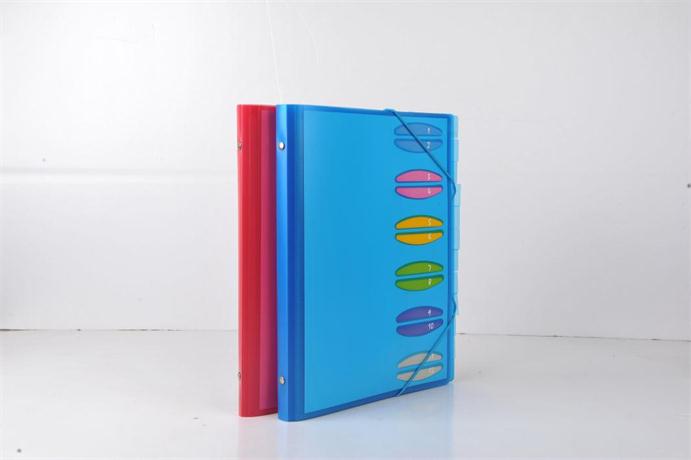In recent years, bio- 3D printing technology at home and abroad has made breakthrough development. In fact, after the emergence of 3D printing technology in the 1980s, it was immediately applied by clinical medicine in the following three aspects:
1. The production of a patient entity model. It is the third milestone technology for doctors' diagnosis after X-ray and CT/MRI. When the image data provided by the two technologies cannot meet the requirements of diagnosis and planning for surgery, it can be visually observed through a 1:1 solid model. At its core is medical image processing and modeling technology. At present, bone tissue modeling has matured, and it is still a research hotspot in the field of computer graphics in the world. With the promotion of 3D printing technology in the clinical field involving soft tissue, rapid soft tissue modeling technology has become an urgent need.

2. The production of precise surgical templates. According to the surgical planning and design of the guide template, guiding the surgical tools to accurately achieve the planning requirements, is an important development of surgery brought by 3D printing. Compared with navigation and surgical robots, it has unique advantages such as low cost and small size. It is increasingly used in orthopedics, dentistry, orthopedics, and dental implants.
3. Design of individualized implants. "Blank tailoring and tailor-made" is the basic method of designing hard tissue surgical implants. It is difficult to achieve by relying on the three-dimensional model in the computer. But the 3D printed solid model provides this possibility. In the 1990s, we relied on it to carry out clinical engineering research on individualized artificial joint replacement and won the second prize of National Science and Technology Progress Award.
The emergence of metal 3D printing has revolutionized the individualization and life of hard tissue surgical implants:
1. In the past, all of our individual implants were made by machining center “engraving†or titanium plate forming. The process was complicated and the design was limited by the process. Metal 3D printing has made all this easy, resulting in an unstoppable clinical application of individualized implants, which can be seen frequently in the current media. The current problem lies in the mechanical properties of the print, particularly for the manufacture of load bearing implants. Current research shows that metal printing products can be similar to forgings in terms of metallographic structure and mechanical strength. Everything still needs to be tested before it can be concluded.
2, metal 3D printing makes porous titanium possible, combined with tissue engineering technology, will achieve the integrated structure of metal implants and bone tissue, not only organically with the host bone, but also with the soft tissue, become A new model of a new generation of hard tissue surgical implants may be popularized in clinical practice prior to tissue engineering.
At present, the development of standards and regulations has become a top priority.
Folder is specially used to hold the whole page of documents, the main purpose is to better save files, make it neat and regular.Split page folders are easy to categorize by user.The cover has a clear classification of entries, according to which users can quickly find the corresponding data.Generally separated folders with elastic rope closure, more convenient

File Sorter,File Sorts,Plastic File Sorts,Plastic Button File Sorts
shaoxing chaofeng stationery manufacturing CO.,LTD. , https://www.chaofengstationery.com